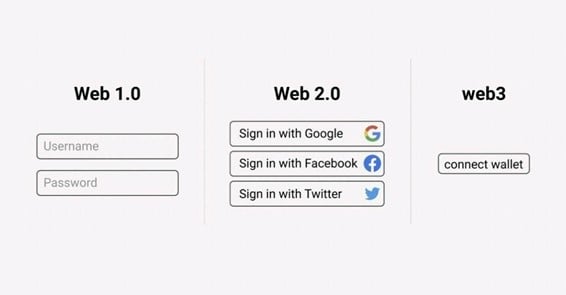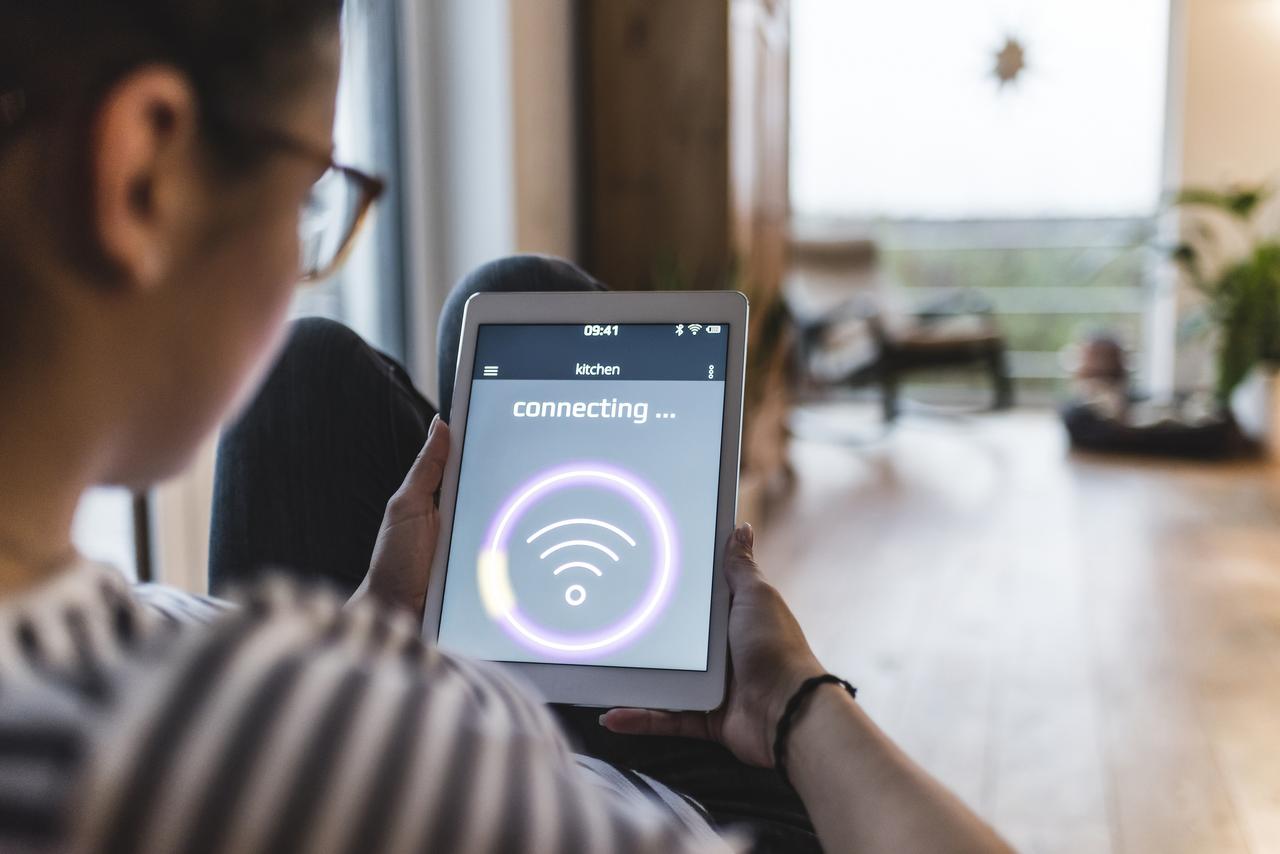Digital technologies such as connectivity, Internet of Things or Artificial Intelligence are becoming increasingly common in vehicles. For example, in the form of digital assistants, mobility services, or advanced driving assistance systems.
In fact, the automotive industry is one of the main drivers of innovation. The adoption of technology not only improves car manufacturers’ products and processes, but also allows brands to differentiate themselves from the competition and attract the interest of drivers by adapting to their needs and improving aspects such as efficiency (reduced fuel consumption and emissions), user experience and safety.
Blockchain also has enormous potential as an innovative and useful technology for the industry from the user’s point of view. In fact, its adoption in the form of NFT is already beginning to be seen, although for now it is very incipient and almost anecdotal. Blockchain adoption in this area still needs to address challenges such as the infrastructures, regulations and standards that enable its adoption and use.
Advantages of using Blockchain for recording vehicle information
However, there is little doubt about the advantages and potential of Blockchain technology in the automotive sector, both for manufacturers and the ancillary sector (workshops, parts and spare parts manufacturers, insurers…) and also for users and vehicle owners.
Using Blockchain, the information stored and shared benefits from features such as immutability, transparency, and traceability. Therefore, when applied to vehicles, Blockchain technology can be used to record all information relating securely and transparently to the life of the vehicle from the time of its manufacture, including:
- Date of manufacture, origin, serial number, technical characteristics, configuration, options or body colour, among other data.
- Maintenance services, including dates, work carried out, parts replaced, modifications, bodywork repairs, recalls or MOTs.
- Origin of spare parts used and details of replacement elements, to ensure authenticity and prevent the use of second hand or counterfeit parts.
- Vehicle mileage and battery charge cycles in the case of electric vehicles, to avoid the risk of tampering with the odometer or battery charge cycle counter in buy and sale transactions.
- Ownership of the vehicle to certify ownership, as well as the registration certificate, reservation of title, payment of taxes, insurance, etc. and to keep a historical record of the owners and uses of the vehicle throughout its life.
As we said, the advantages of storing these and other data using Blockchain lie in the fact that this technology improves the security and integrity of the information recorded. Blockchain stores information in encrypted blocks that are stored in different nodes of a network, which means that it is very difficult to change or delete any data without leaving a record.
The use of blockchain technology not only backs up vehicle documentation that is susceptible to loss or alteration, such as the maintenance book, but also provides greater transparency in the process of recording information. All of it is also available for auditing and verification.
Blockchain to securely track the status and history of a vehicle
In this way, by having access to all this information, anyone can know with greater certainty the condition of a vehicle and its maintenance history, both when selling and buying it. This improves confidence and security in buying and selling transactions by reducing opacity and the risk of fraud.
Also based on this information recorded with Blockchain, car workshops have access to a detailed and reliable history of repairs, modifications, maintenance needs or possible incidents with a vehicle. This same information would also allow insurance companies to assess the vehicle in detail and make a more accurate calculation of its condition and value, as well as the services and the most appropriate premium for its owner.
Featured image: Popescu Andrei Alexandru / Unsplash













